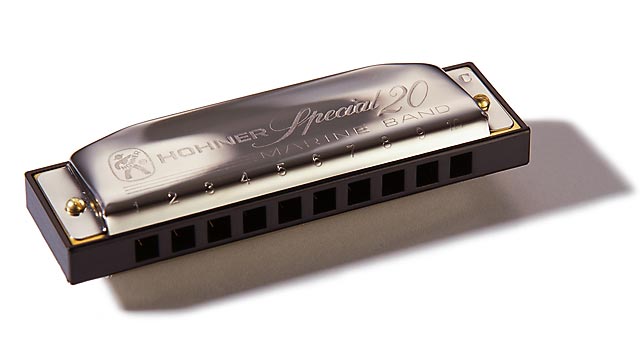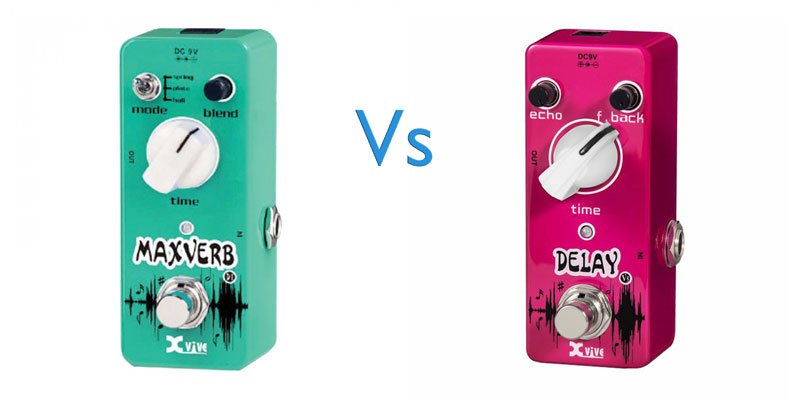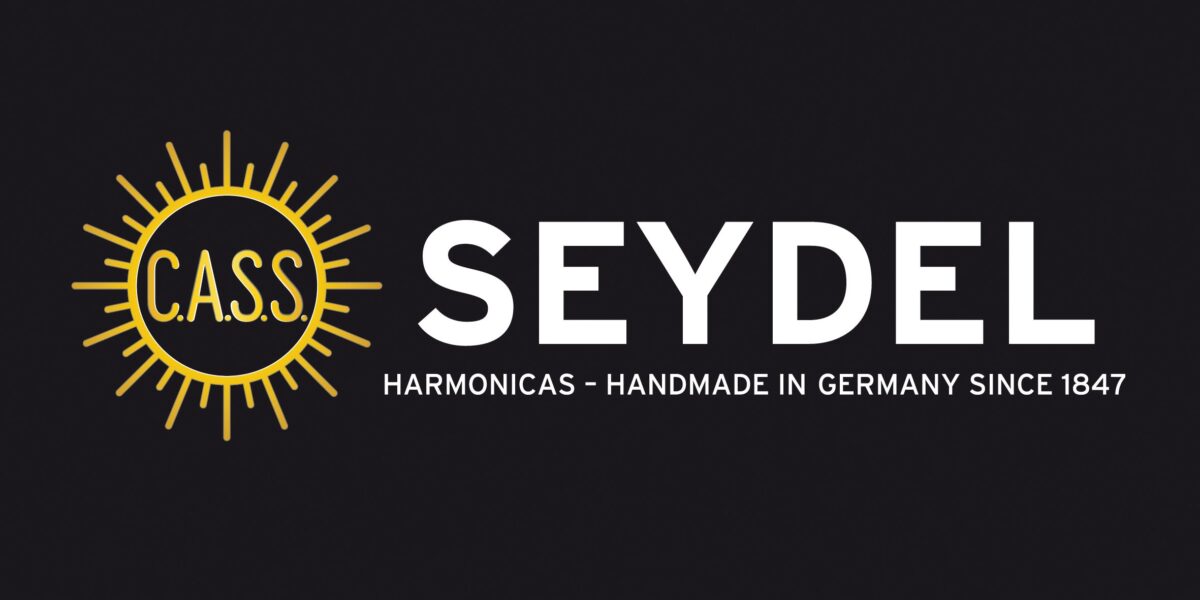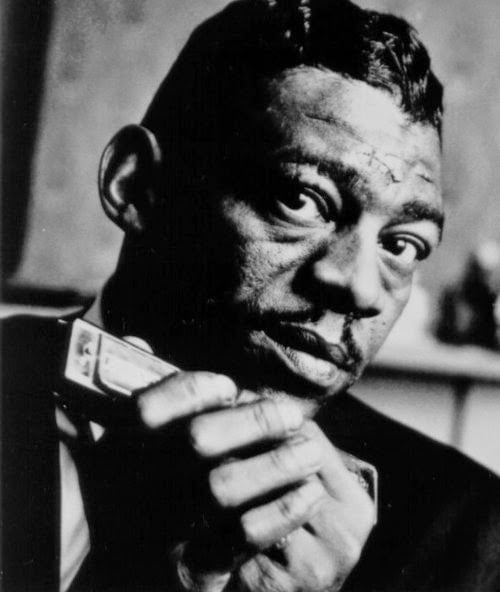What’s the Easiest Harmonica to Bend?
As a beginner, the first technique that you encounter on the harmonica that takes significant practice to perfect is bending. It’s also the technique that most players struggle with in the initial stages of learning the instrument, leading some to conclude that there is some sort of equipment problem, and that the harmonica that they are using is impeding their progress. Of course, this is generally not true, unless you’re trying to bend on a tremolo or octave harmonica, or are using a very cheap, poorly-made Chinese harp; almost any standard diatonic will allow draw bends – the key is correct technique.
This said, there are some harps that are easier for beginners to learn on. Let’s take a look at the options.
What Key?
Beginners are usually told to purchase a C harmonica as their first harp. Not only are more songs written in C than any other key, but C is also the easiest key with which to practise bending technique. Lower keys, such as G or A, have thicker reeds that require more effort to achieve full bends. Higher keys, such as E or F, have thinner reeds that do bend more easily, but require a particularly precise technique to achieve accurate pitching. If your ambition is to just bend a note down from its original point to any note or half note, then a high key will be easier, but I suspect what you actually want to do is to bend down to a specific note, rather than some random, wavering point, in which case, stick with C.
What Harmonica?
Most beginners will want a harmonica that isn’t super expensive. I would, however, recommend not going too far towards the opposite end of the spectrum, as most Chinese made harps, particularly those costing under £20, tend to be quite leaky, which impedes the ease with which notes can be bent. I would also recommend choosing a harmonica with a plastic comb – not because they are any easier to play, but because they are much less liable to swelling and warping than a harp with a wood comb.
One material used in the construction of harmonicas that does affect ease of bending, though, is the type of metal used for the reeds. Brass reeds are softer than phosphor bronze and stainless steel used by Suzuki and Seydel, respectively, and this softness makes bends much easier to achieve for beginners. My advice, then, is to opt for a mid range harmonica, made in Germany or Japan that features brass reeds.
Given that this harmonica is for someone starting out with the instrument, let’s set an imaginary budget of £40. Harmonicas that fall within this price range and meet the other requirements include the Hohner Special 20, Seydel Session Standard and Lee Oskar Major Diatonic. Having played all harmonicas extensively over the years, my personal opinion is that the Special 20 is the optimum harp on which to learn to bend. It has a lighter feel to the reeds, which makes it particularly easy to bend the hole 4 draw when getting to grips with the technique, is widely available and keenly priced.
So, there you have it – if you want the easiest harmonica to bend then buy the Hohner Special 20!




